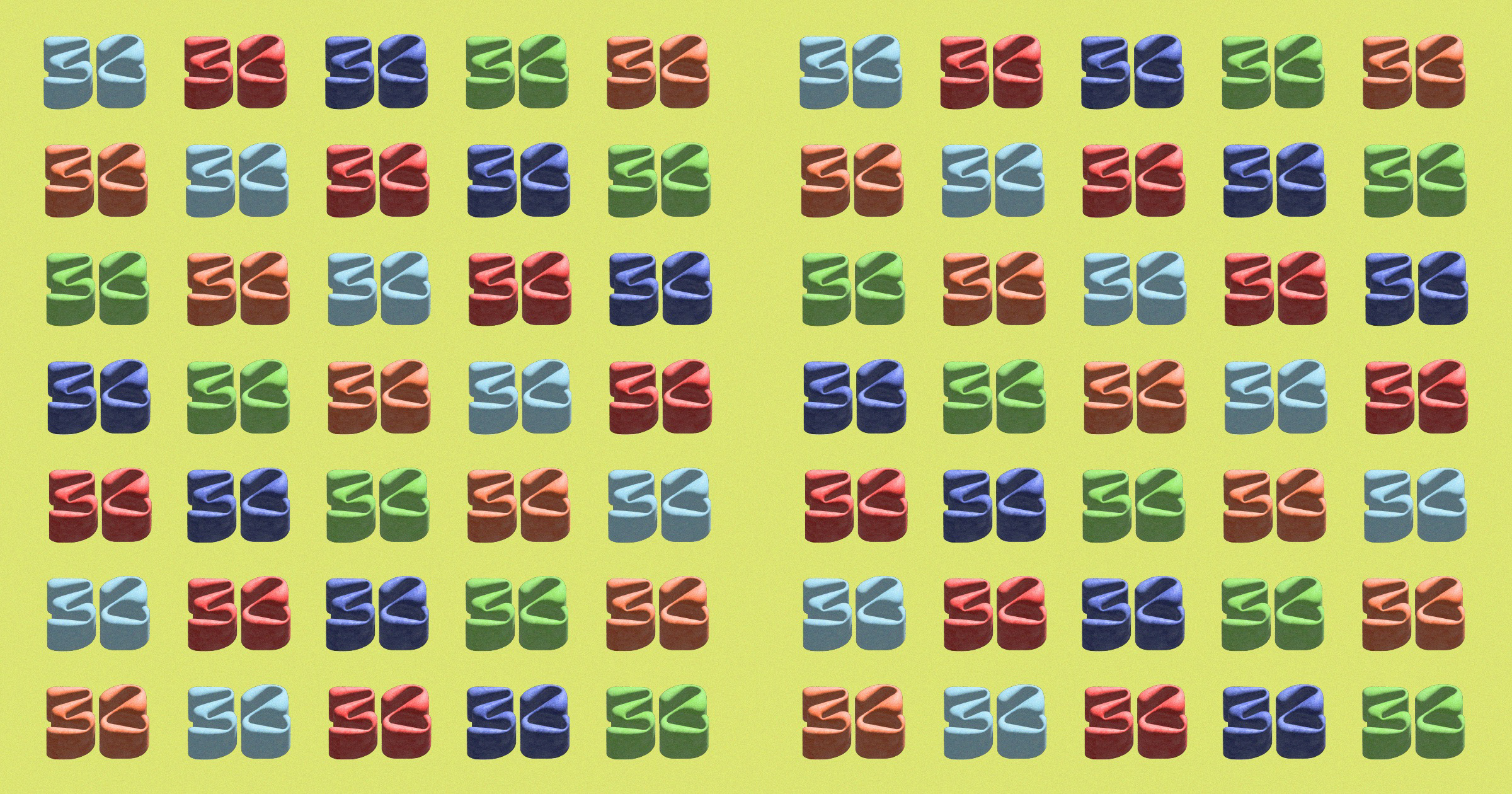Mar 13 2023
- Expanding participation in staking is essential for the continued security of proof of stake (PoS) blockchains. However, on Ethereum, a deposit of 32 ETH is needed to register as a validator, which may serve to discourage participation.
- Solutions for getting to 32 ETH can be broadly categorized into direct staking designs and actively managed staking designs.
- Direct staking designs allow users to stake directly, retain legal and beneficial ownership of their staked tokens, and stake in any amount. Actively managed staking models frequently include enhanced yield generation mechanisms, fractional reserves held for arbitrary deployment and/or increased liquidity for users, varying levels of discretion held by the custodian or service provider, and transparency discrepancies.
- The Liquid Collective protocol is built to expand direct staking through liquid staking tokens (LSTs), which represent legal and beneficial ownership of a staker's tokens and any network rewards the tokens accrue.
Not all staking solutions are the same. As technological innovations in blockchain infrastructure continue to improve the staking experience for participants, the design choices made result in key differences that can affect token ownership, security, and more.
Expanding participation in staking is critical for ensuring the continued security of proof of stake (PoS) blockchains as they grow. On Ethereum, we believe one challenge of expanding participation is that the Ethereum network requires a deposit of 32 ETH in order to register a validator. Without an added layer of technological solutions to enable participation in other amounts, this 32 ETH requirement potentially reduces the range of people who can take part.
So, how do you get to 32 ETH to activate validator software and begin staking? That's a design challenge with a wide range of potential solutions, from fund aggregation to custodial offerings to smart contract innovations and beyond. Most solutions can be broadly bucketed into two categories:
- Direct staking designs, or technological solutions that enable participants to participate directly in staking on networks like Ethereum.
- Actively managed staking designs, or products that users can access to receive exposure to staking-backed yields, and which are generally managed by a provider with the ability to exercise discretion over the tokens that are staked.
In this post we'll explore how the Liquid Collective protocol solves for the challenge of reaching 32 ETH using a non-custodial direct staking design, some of the reasons why the protocol was thoughtfully designed to enable direct staking, and why we believe the ecosystem as a whole will move toward direct staking designs.
Liquid Collective's direct staking model
The Liquid Collective protocol is a liquid staking protocol built to empower global participation in securing the decentralized web by removing institutional barriers to participation in staking. The protocol is designed to provide a standard solution that allows participants to stake tokens directly on a PoS network, while still providing technological innovations that improve the staking experience.
As a liquid staking protocol, Liquid Collective's solution enables participants to directly stake on the network without compromising the ability to transfer ownership of the staked token by generating a transferable liquid staking token (LST), which evidences legal and beneficial ownership of the participant's staked tokens and any network rewards accrued to the token. The LST, Liquid Staked Ether (LsETH), is programmatically minted when the participant stakes via the Liquid Collective protocol and can be freely transferred and used in DeFi and other dapps.
The Liquid Collective protocol is also non-custodial. Stakers may choose to custody their staked ETH with the Platform that they use to onboard to Liquid Collective, but there is no custody at the protocol level. Stakers retain their key management and can choose any custodial solution they wish to use, with full transparency into the network rewards and fees related to the protocol.
When a participant stakes ETH on the Liquid Collective protocol, to programmatically mint LsETH, they are directly participating in staking on Ethereum without relying on an intermediary:
- Deposited ETH is staked 1:1 in the Ethereum deposit contract
- Staking actions are completed onchain via a programmatic and transparent smart contract protocol
- Legal and beneficial ownership of an amount of ETH equivalent to the amount deposited is maintained throughout the life of the Liquid Staking Token (LsETH) held by participants
- Ethereum network rewards and penalties can be received, with transparency into the onchain Protocol Service Fee via the LsETH User Agreement
- Preferred key management is retained throughout the entire process as the Liquid Collective protocol is a non-custodial solution
Liquid Collective's smart contract solution does allow users to deposit and stake any amount of ETH—not just 32 ETH. The protocol solves for the 32 ETH minimum per validator by enabling users to deposit ETH into a smart contract in a fungible bulk. ETH in the smart contract are regularly staked to validators in a round-robin manner as the contract programmatically reaches a balance of 32 ETH.
In addition to a protocol design that maintains stakers' direct participation—in any amount, with tokens staked through an onchain smart contract that maintains the staked tokens in a fungible bulk—the Liquid Collective protocol was thoughtfully designed with regulatory and compliance considerations in mind. The protocol has taken the approach of working with partners who have segregated account architecture and regulatory standards in place, in addition to requiring all Platforms to conduct KYC/KYB, AML, and sanctions checks on their users.
These measures, and the protocol's design at large, are not only to expand participation in liquid staking for institutions with heightened compliance requirements, but also to encourage participants to participate in liquid staking with increased counterparty compliance and transparency.
The features of actively managed staking offerings
Liquid Collective was intentionally designed to enable direct staking due to the issues we believe actively managed staking presents.
Actively managed staking offerings are frequently custodial, and the relationship between stakers and staking is managed offchain by the custodian or service provider, both of which may have discretion over the tokens. These models may include enhanced yield generation, tokens not staked 1:1 with tokens deposited, fractional reserves held for arbitrary deployment and/or increased liquidity for users, varying levels discretion held by the custodian or service provider, and transparency discrepancies.
These features are in direct contrast to direct staking models like the Liquid Collective's, in which tokens are staked 1:1 directly into the underlying protocol, legal and beneficial ownership of the staked token is retained by the participant, network rewards are determined by the network, nobody other than the participant has the ability to exercise discretion over the tokens, and there is transparency regarding the fees, risks, and other key items via a user agreement.
In actively managed staking models, participants are often providing their funds to a pooled account managed by the provider, and the provider is participating in staking on the pool's behalf. The user may not retain full ownership of the underlying staked token, and the provider may pay out network rewards at its discretion. There may also be a lack of transparency into the mechanics of these offerings.
The industry transitions back to non-custodial direct staking
The industry as a whole has been moving away from actively managed staking designs. In fact, the industry is in many ways already prepared to move away from this model, with new products and protocols increasingly focusing on ways to directly participate in securing proof of stake networks instead of building new yield-earning centralized products backed by staking.
In many ways this looks like a transition back to traditional staking methods—refocusing ecosystem development on continuing to expand participation in securing networks directly instead of deploying elaborate yield schemes.
Liquid Collective is proud to support the Proof of Stake Alliance (POSA), the action-oriented, nonprofit industry alliance advocating for clear and forward-thinking public policies that foster innovation in proof-of-stake ecosystems. POSA, through a working group of industry members and legal advisors, developed an industry effort to adopt principles for responsible direct staking-as-a-service (StaaS) offerings, to encourage the continued growth of responsible staking in the United States.
The adoption of these principles of best practice, which include not making guarantees of network rewards earned, and enhancing participation in both the consensus protocol and the security of the network, clearly favor the development of non-custodial direct staking offerings. In contrast, it's apparent that actively managed staking designs frequently fly in the face of industry best practices, evidenced by fixed APY offerings and disambiguating the rights and risks of directly participating in securing proof of stake networks.
Staking is technological infrastructure at its core, and staking directly via decentralized protocols like Liquid Collective is entirely different from using actively managed staking programs that rely on an offchain relationship between service providers and stakers. With protocols like Liquid Collective, even though stakers have access to technological innovations like liquid staking tokens, the stakers maintain the legal and beneficial ownership of their staked tokens. Network rewards are determined by the network, and there is full transparency into fees and ownership.
As the ecosystem continues to mature, we expect more of the growing staking ecosystem to similarly innovate and provide technological solutions to promote participation directly in staking.




